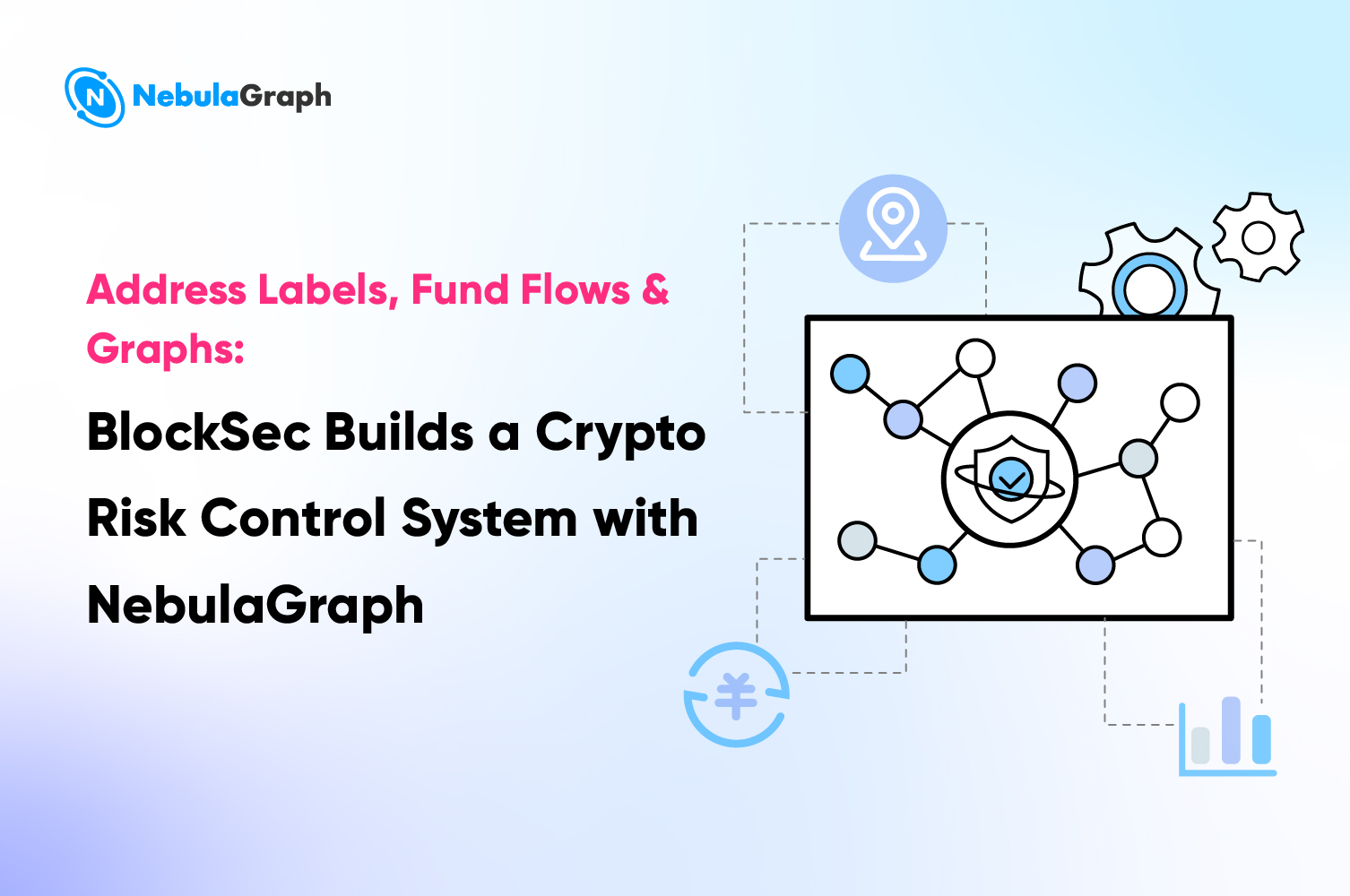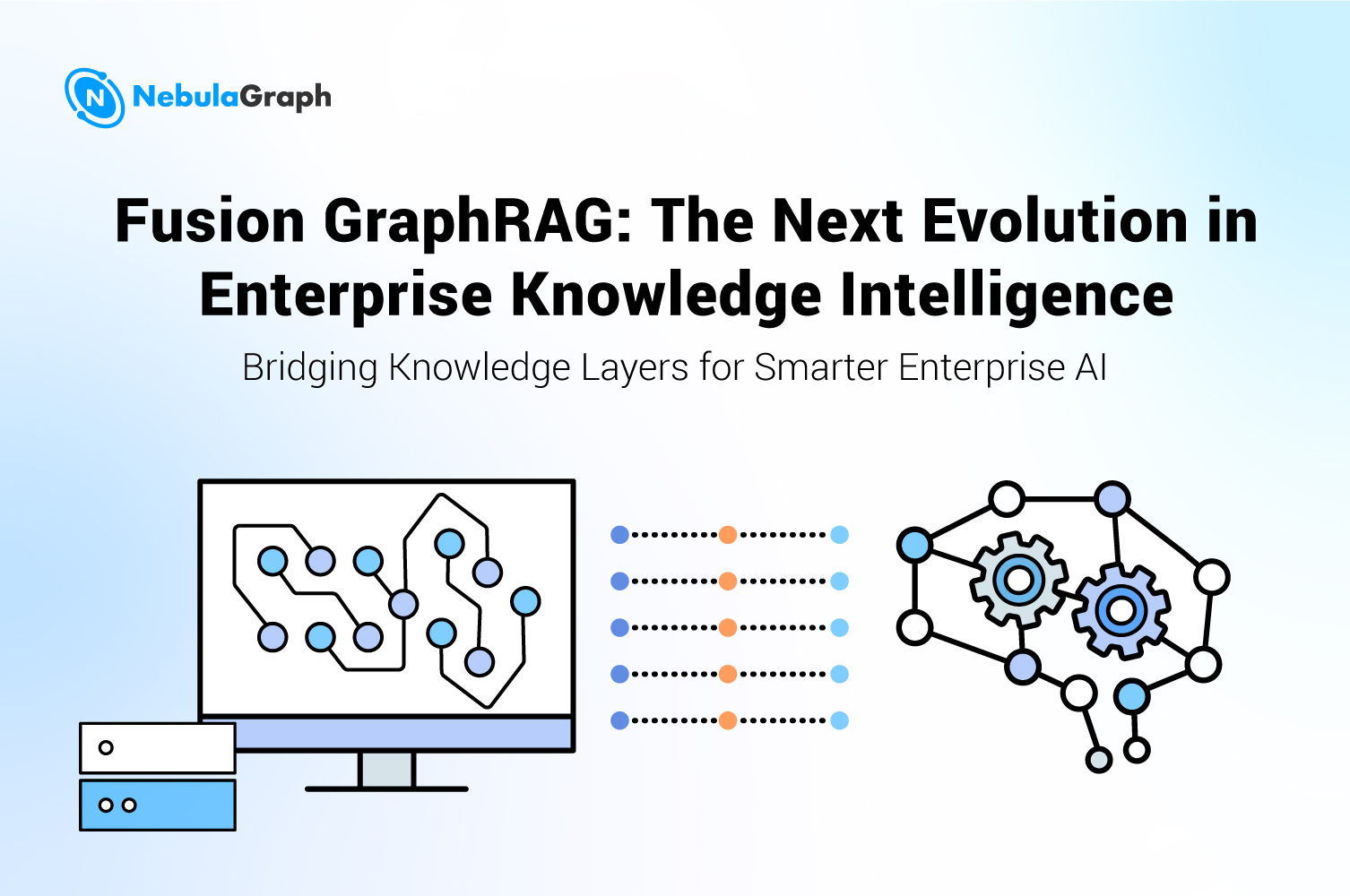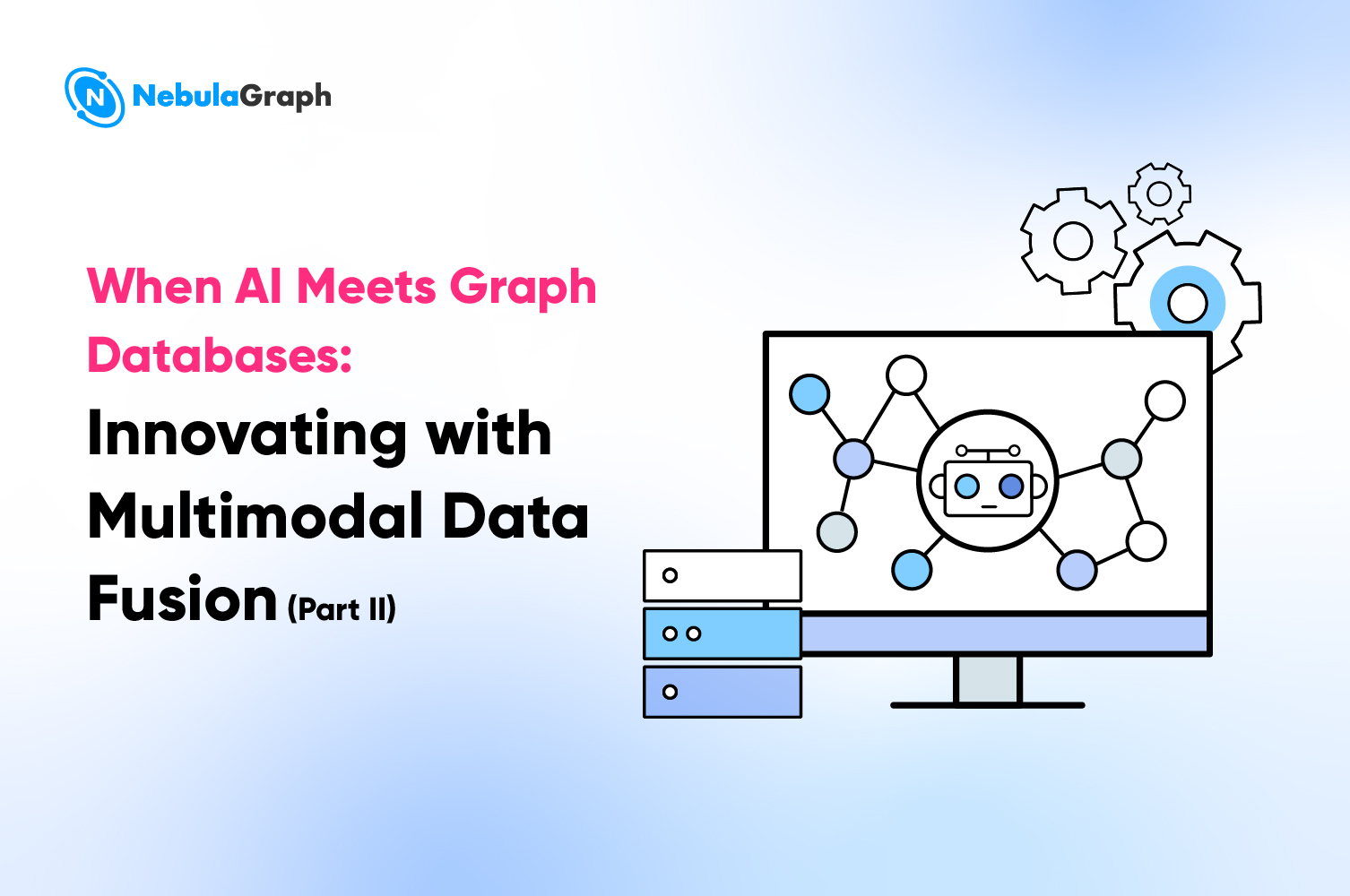LLM
How Recommendation Engine for Ecommerce Works Using Graph Database
The growth of e-commerce has led to an overwhelming number of choices for consumers, making it increasingly challenging for online retailers to showcase relevant products and services in order to maintain customer loyalty and retain customers.
One of the most effective solutions to this problem is the use of recommendation engines. It has emerged as a key technology to bridge the gap, providing personalized suggestions that improve customer satisfaction and increase sales by analyzing the user’s previous behavior. Graph databases are particularly well-suited for recommendation engines as they can handle large amounts of interconnected data with ease. In this article, we will explore how recommendation engines work in e-commerce, their different types, and the advantages of using graph databases like NebulaGraph for building powerful recommendation systems.
What is a Recommendation Engine?
A recommendation engine is an algorithmic system that analyzes data on user behavior, preferences, and historical interactions with a product or service, to make personalized recommendations on content, products, or services that a user is likely to enjoy or find relevant. Recommendation engines are commonly used by companies that offer personalized content or services, such as online retailers, music or video streaming platforms, and social media sites. By using data on a user's past behavior and preferences, a recommendation engine can make accurate predictions on what the user might be interested in, and present them with personalized recommendations. Recommendation engines play a crucial role in the customer journey, helping businesses improve user experience, increase sales, and retain customers.
Types of Recommendation Engines for Ecommerce
There are several types of recommendation engines, each with their own approach to providing personalized recommendations. The three most common types of recommendation engines are:
- Collaborative filtering: Collaborative filtering is a technique that recommends items based on the behavior of similar users. This approach analyzes user behavior data such as purchases, ratings, and viewing history, to find similarities between users and recommend items that users with similar behavior patterns have enjoyed. Collaborative filtering can be further divided into two categories: user-based and item-based filtering.
- Content-based filtering: Content-based filtering recommends items based on the user's past behavior and preferences. This approach uses data about the user's past behavior, such as their viewing history or search queries, to recommend items that are similar in content or characteristics to the user's past interactions. For example, if a user has watched a lot of action movies, a content-based recommendation engine might recommend other action movies.
- Hybrid filtering: Hybrid filtering combines both collaborative and content-based filtering to make recommendations. This approach can provide more accurate recommendations by taking into account both the user's past behavior and preferences as well as the behavior of similar users.
Other types of recommendation engines include knowledge-based filtering, which recommends items based on a user's explicitly stated preferences, and context-aware filtering, which takes into account additional data such as the user's location or time of day to make recommendations.
And when it comes to recommendation engines used in e-commerce, common types are:
- Personalized Recommendations: These engines provide individualized suggestions based on a user's behavior, preferences, and history.
- Popular Items: These recommend the most popular items within a specific category, time frame, or location.
- Similar Items: These engines suggest items that are similar to a specific item, based on their features or user behavior.
- Complementary Items: Also known as cross-selling recommendations, these engines suggest items that complement a specific item, such as accessories or related products.
Why Graph Databases Are Well-suited for Recommendation Engines
Graph databases excel in modeling complex relationships between data entities, making them an ideal choice for recommendation engines. Some key advantages of graph databases for recommendation engines include:
- Relationship-centric data modeling: Graph databases represent data as nodes and edges, making it easy to model relationships between users, products, and other relevant data points.
- High query performance: Graph databases provide fast and efficient query execution, enabling real-time recommendations.
- Flexibility and schema evolution: Graph databases allow for schema changes without affecting existing data or queries, making it easy to incorporate new data sources and recommendation algorithms.
- Advanced analytics capabilities: Graph databases support advanced analytics, such as community detection and centrality measures, that can improve the accuracy and relevance of recommendations.
NebulaGraph: A Recommended Solution for E-commerce Recommendation Engines
NebulaGraph is an open-source, distributed graph database that offers high performance, scalability, and ease of use. It is an excellent choice for building recommendation systems for e-commerce because of the following features:
- Efficient querying: NebulaGraph supports a flexible, SQL-like query language called nGQL, allowing for efficient querying and traversing of complex relationships between data entities.
- High scalability: NebulaGraph can handle large-scale graphs and store billions of nodes and edges with low latency, making it ideal for e-commerce platforms with massive amounts of user and item data.
- Data consistency: NebulaGraph ensures strong data consistency through the Raft consensus algorithm, which guarantees that updates are consistently applied across all replicas.
- Easy integration: NebulaGraph provides comprehensive APIs and connectors for popular programming languages, making it simple to integrate with e-commerce platforms and other data processing tools.
Designing a Recommendation Engine with NebulaGraph Database
Building a recommendation engine with NebulaGraph involves several steps, including:
- Data modeling and schema design: Model users, products, and other relevant data points as nodes and their relationships as edges.
- Importing and processing e-commerce data: Collect data on user behavior, preferences, and product information, and store it in NebulaGraph.
- Implementing recommendation algorithms using NebulaGraph's query language (nGQL): Develop queries to identify patterns and relationships between users and items and generate personalized recommendations.
- Testing and validating recommendations: Ensure that the generated recommendations are relevant and accurate by comparing them with actual user behavior and feedback.
- Integrating the recommendation engine with the e-commerce platform: Use NebulaGraph's APIs and connectors to seamlessly integrate the recommendation engine with the existing e-commerce system, enabling real-time recommendations for users.
- Continuously updating and refining the recommendation engine: Regularly update the data in NebulaGraph and fine-tune the recommendation algorithms to keep the recommendations fresh and relevant.
Conclusion
Recommendation engines are essential for e-commerce platforms to provide personalized experiences and improve customer satisfaction. Graph databases, with their ability to model complex relationships and offer high query performance, are well-suited for building such engines. NebulaGraph, an open-source, distributed graph database, is a recommended solution for e-commerce recommendation engines due to its scalability, efficiency, and ease of use. By implementing a recommendation engine with NebulaGraph, e-commerce businesses can significantly enhance their user experience, increase sales, and retain customers in the competitive online marketplace.


